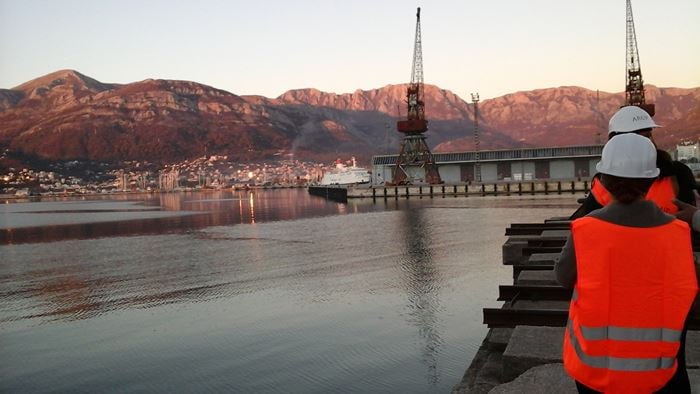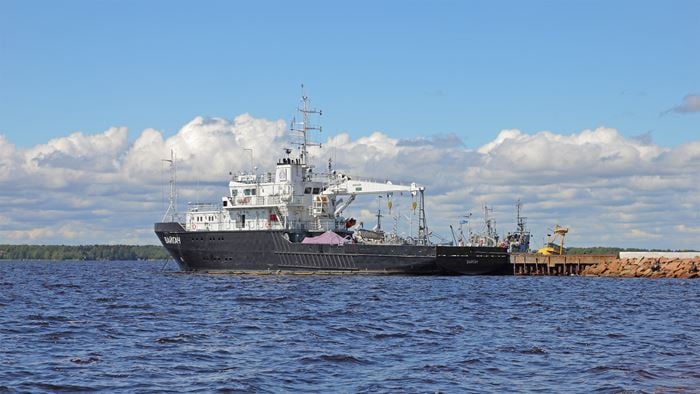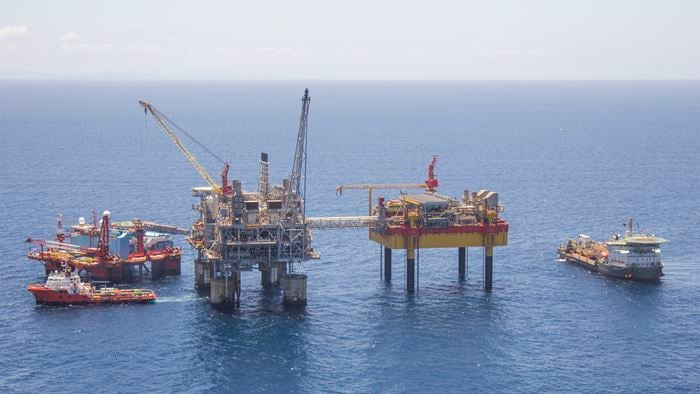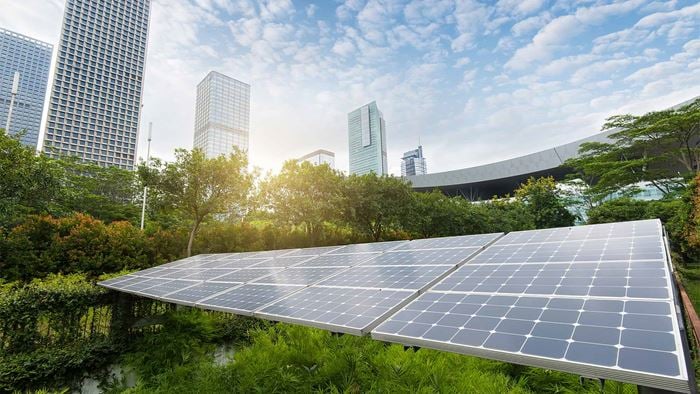Arup was Sempra LNG’s marine facilities engineer for the first North American west coast Liquefied Natural Gas (LNG) receival terminal project. The unique geography of port presented specific challenges due to the remote location and exposed ocean conditions. Arup’s challenge was to minimize the facility cost and environmental footprint by consideration of ship handling limits in the port and by developing a precast breakwater that reduced offshore working time.
Arup prepared the conceptual design of two alternative breakwaters, undertook an evaluation of them in terms of effectiveness, cost and buildability and recommended the adoption of a caisson breakwater. The project team also prepared alternate scheme designs and permitting documents for regulatory submissions.
The conceptual design optimised the layout of the entire marine facilities to minimise cost by adopting an unusually narrow channel between the breakwater and the jetty head. The revised layout and channel width, which challenged the industry norms, ensured the project's feasibility by locating the breakwater as close to shore and therefore as shallow as possible.
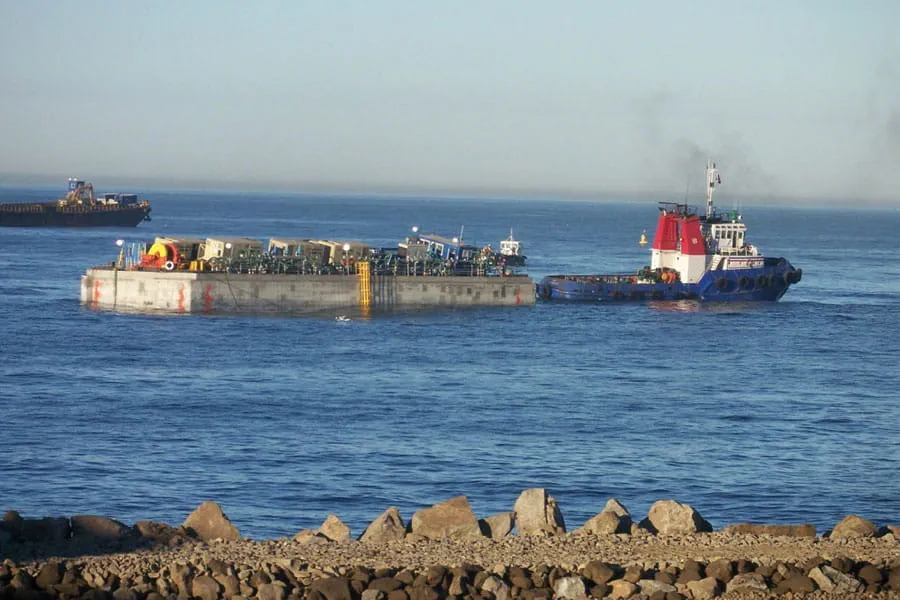
To prove the proposed layout worked safely, Arup designed, specified, procured and managed a programme of ship simulations and physical scale-model hydraulic modelling. The results of the simulations confirmed the beneficial functional performance of the proposed solution.
Pushing boundaries and adding further value to the project, Arup also instigated research into tug performance. A survey of the as-built Core-Loc toe protection was also preformed to verify its placement.
Arup was instrumental in the development of the innovative caisson breakwater (in up to 30m of water), with a toe protection solution replacing the conventional rubble mound arrangement for which the firm developed the reference design. The caisson solution reduced offshore working risk and onshore construction phase transportation hazards.
Arup’s work during the construction phase included a technical review of contractor engineering documentation for both the marine terminal and caisson breakwater. Arup also supported the client with the caisson breakwater contract administration including supervising the contractor’s physical model testing and undertaking a review of the caisson transportation and installation sequencing and analysis.
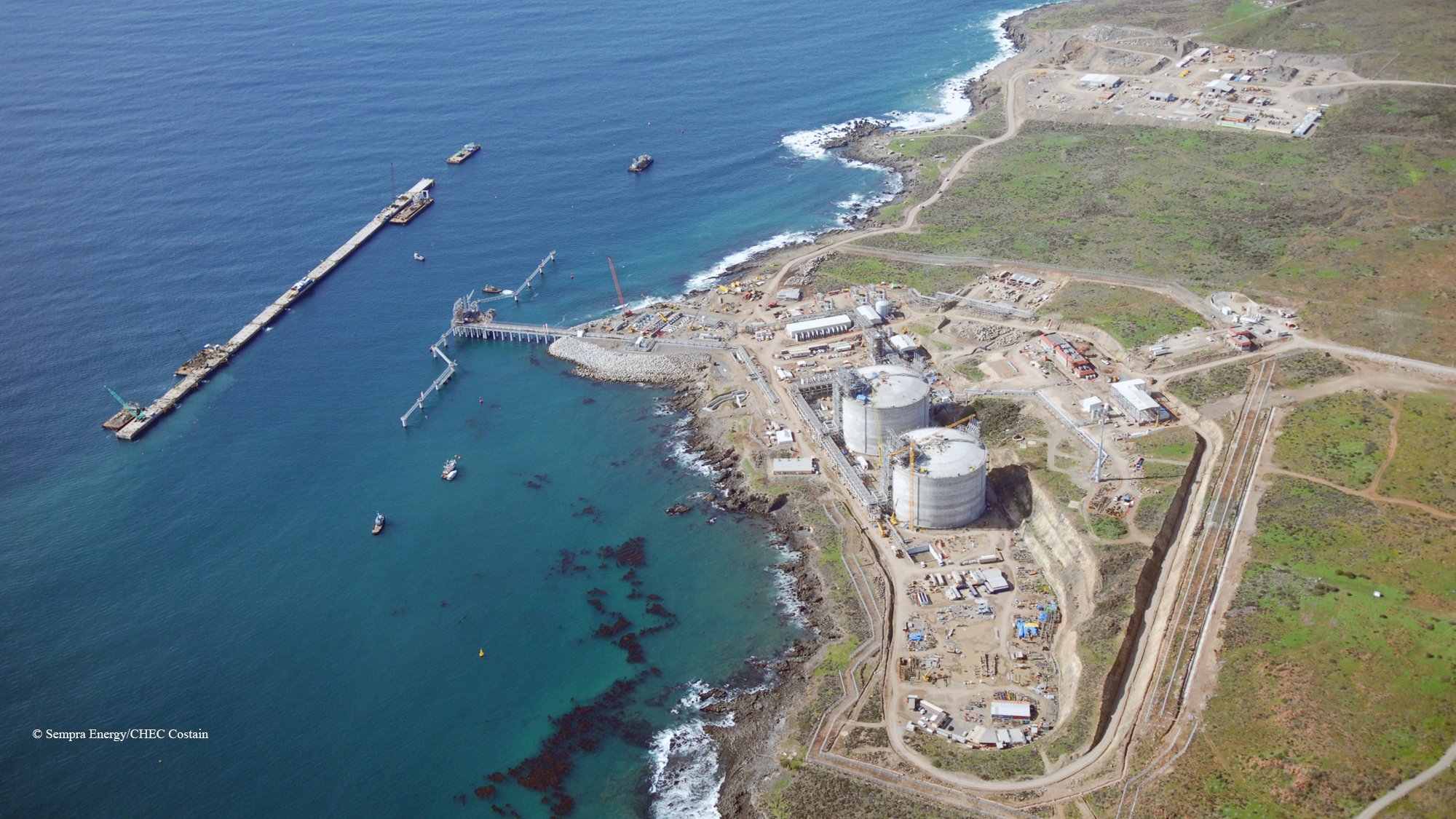 ;
;

